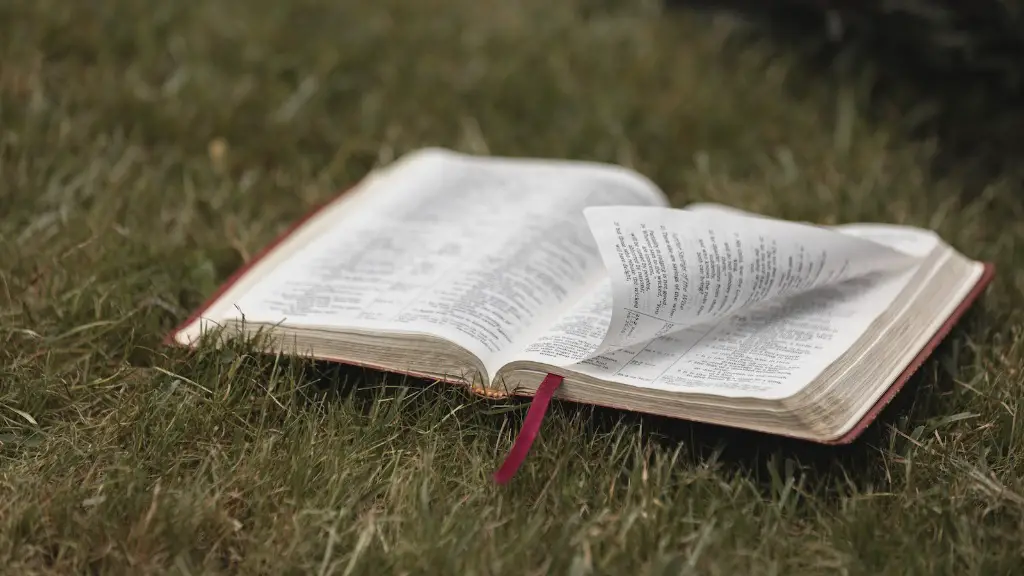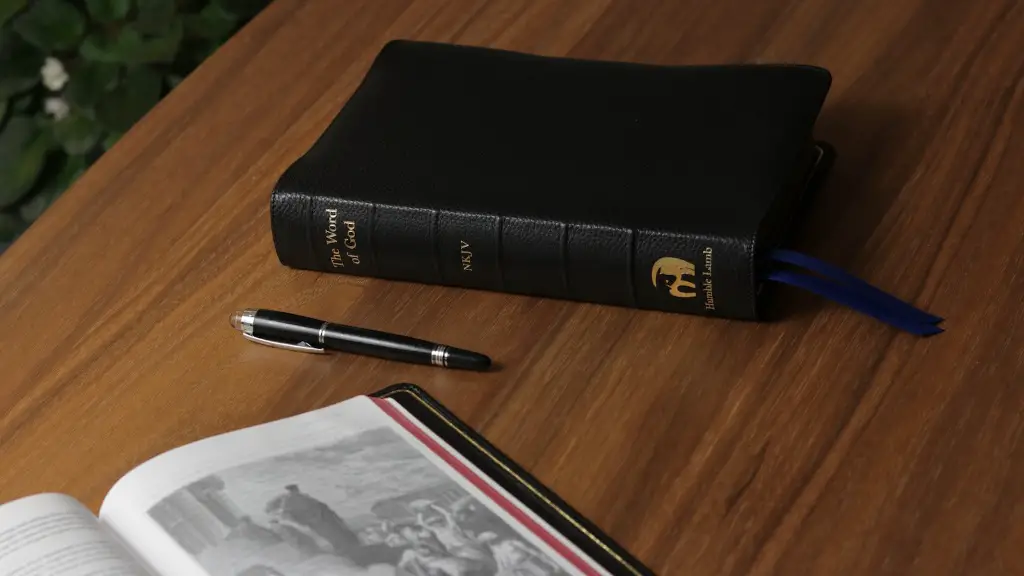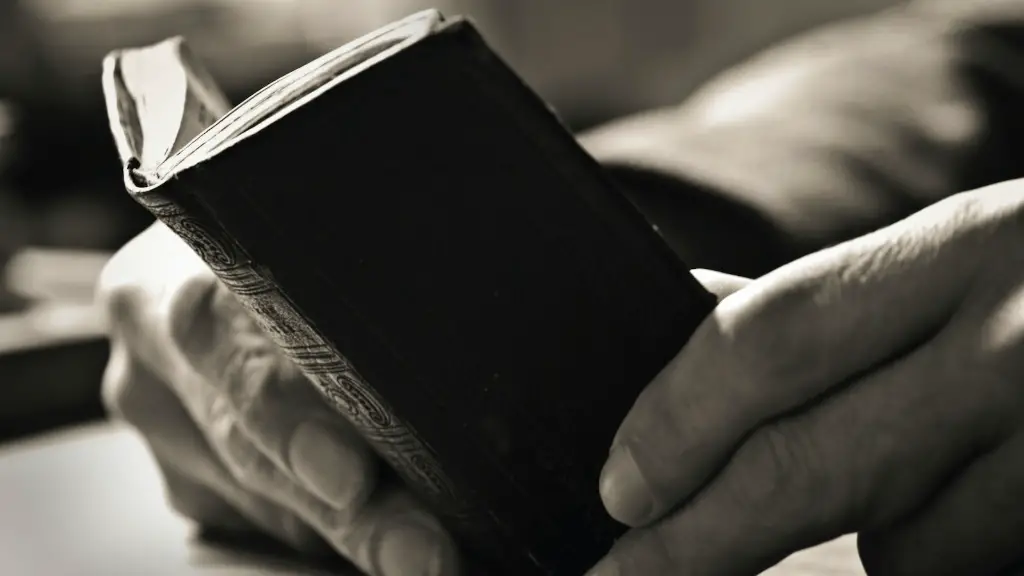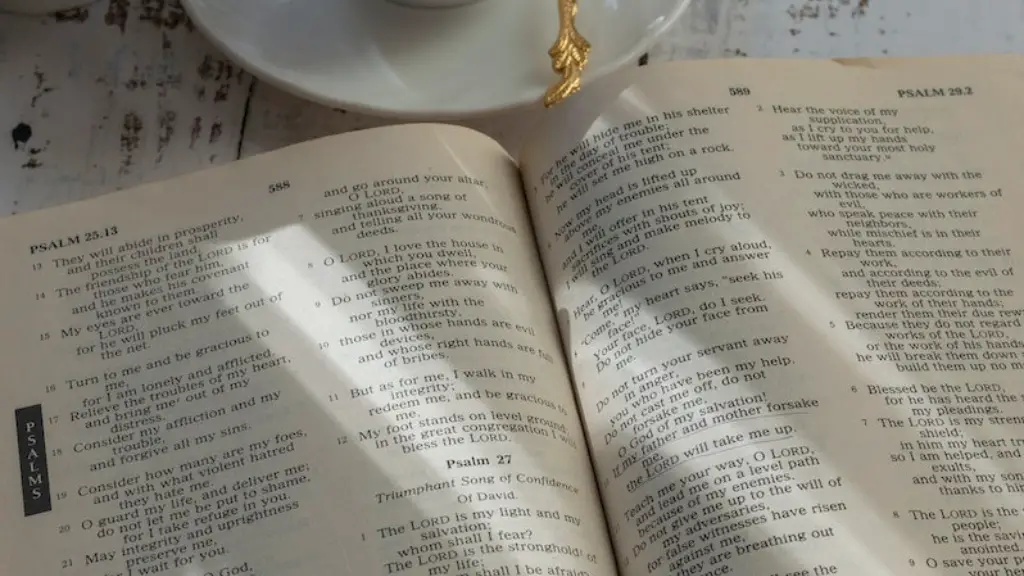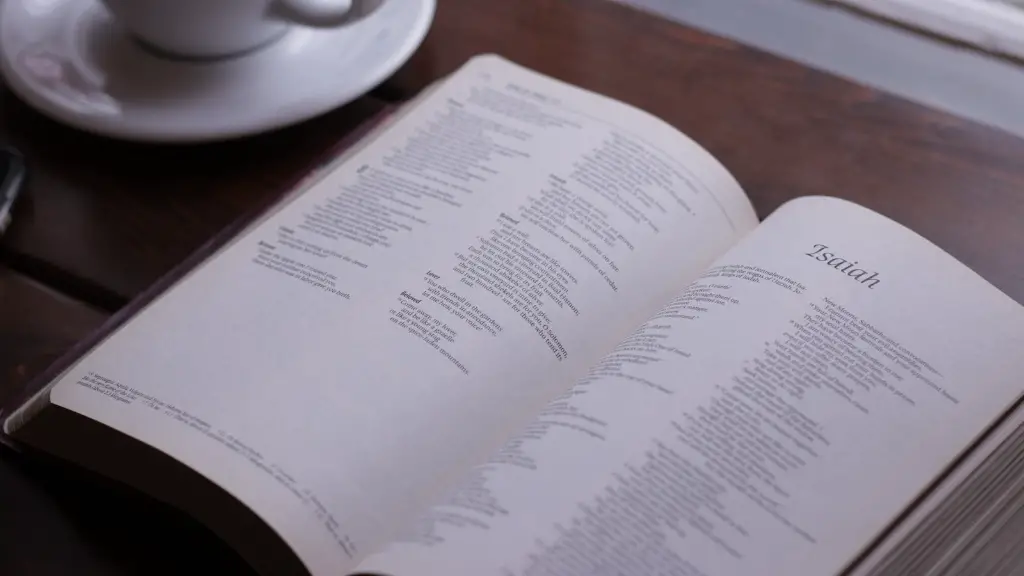In the Bible, the rainbow symbolizes God’s faithfulness and covenant with his people. The rainbow is mentioned multiple times in the Bible and its symbolic meaning is clear: God remembers and honors his covenant with humanity. The story of the rainbow appears in the Book of Genesis when God makes a promise to never again destroy the earth with a flood. On that occasion, as a sign of his covenant, he places a rainbow in the sky.
The power of the rainbow comes from its many colours. According to Jewish folklore, the rainbow radiates a spectrum of seven colours, each of which represents the seven different divine qualities with which God rules the universe. The seven colours of the rainbow — red, orange, yellow, green, blue, indigo, and violet — signify joy, clarity, balance, faith, purity, knowledge, and union, respectively. In this way, the rainbow is a reminder of the beauty, power, and diversity of God.
The Bible also tells us that God has promised to never again destroy the earth by flood, as he did during the time of Noah. By recreating the sky and placing a rainbow, God is making a promise to the people of the earth — that he will spare the world from destruction. This is one of the most powerful examples of divine mercy in the Bible, emphasizing the importance of God’s ever-lasting promise of mercy and protection.
In addition to its spiritual significance, the rainbow is also a powerful symbol of hope and optimism. For many people, the rainbow is a reminder of the good that still exists in the world, despite all the darkness in it. It can inspire people to look past their immediate troubles and focus on the hope of better days ahead.
For Christians, the rainbow is a sign of God’s grace and mercy, and a reminder to be faithful and obedient to God. As a symbol of unity and hope, the rainbow is also a reminder for people to come together and work for the common good. Even in the most difficult of times, the rainbow can remind us of the promise of peace and renewal that God has for us.
How Is The Rainbow Used In Modern Culture?
The rainbow has come to symbolize inclusiveness and diversity in modern culture. In recent years, the rainbow has become a symbol of the LGBTQ movement, with many people wearing rainbow-colored clothing and displaying rainbow-themed artwork as a way to show their support. By popularizing the use of the rainbow as a symbol of unity and acceptance, this movement has helped to spread the idea that everyone deserves to be treated fairly, no matter their gender, sexuality, or race.
The rainbow’s use as a symbol of inclusiveness has also been adopted by other social movements, such as the pro-immigration movement and the Black Lives Matter movement. The rainbow flag has even been adopted by some political parties as a symbol of diversity and tolerance. This widespread use of the rainbow as a symbol of acceptance has helped to spread an important message: that everyone should be treated with respect, regardless of their differences.
The rainbow as a symbol of hope and optimism has also become an important part of modern culture. The rainbow is often used in advertising, music, fashion, and other areas of popular culture to signal feelings of joy and optimism. This use of the rainbow as a symbol of hope shows that, regardless of our circumstances, we can still choose to find beauty and joy in our lives.
What Is The Meaning Of The Rainbow In Other Cultures?
The rainbow is a symbol of many different things in different cultures. In ancient Chinese culture, the rainbow was associated with good fortune and believed to bring peace and harmony. In Tibetan culture, the rainbow was a sign of transformation, and in Hinduism, it was a sign of abundance and fertility. In Native American culture, the rainbow is seen as a bridge between the physical and spiritual realms and a reminder of the interconnectedness of all living things.
In many cultures, the rainbow has been seen as an emblem of protection and divine intervention. It is believed to protect against evil spirits and bad omens, and its many colours are thought to hold the secrets of the spirit world. In African cultures, the rainbow is seen as an omen of good luck and is believed to bring peace and prosperity. And in Indigenous cultures, the rainbow is a reminder of the Creator and the power of the spirit.
What Is The Significance Of The Rainbow In Today’s World?
The rainbow is a powerful symbol in today’s world, representing acceptance, unity, and hope. It has become a symbol of many different causes and movements, from the LGBTQ movement to pro-immigration and Black Lives Matter movements. By popularizing the use of the rainbow as a symbol for inclusiveness and acceptance, these movements have helped spread an important message: that everyone deserves to be treated with respect, no matter their race, gender, or sexuality.
The rainbow is also a symbol of hope and optimism, encouraging us to look past our current difficulties and focus on the joy and beauty in our lives. In a world that can often seem dark and overwhelming, the rainbow reminds us that better days are ahead and that we can still choose to find joy in small moments.
What Is The Spiritual Significance Of The Rainbow?
To many believers, the rainbow is a spiritual symbol, representing God’s promise of mercy and faithfulness. The rainbow is a reminder that despite our current struggles, God has not forgotten us and that he still holds us in his unconditional love. The seven colours of the rainbow represent the seven divine qualities with which God rules the universe and the infinite grace and mercy of the divine. This rainbow is a sign of hope, reminding us that even in the darkest of times, God is still with us and will never abandon us.
The rainbow also has a unifying power, reminding us to come together and work for the common good. Ultimately, the rainbow is a sign of hope, reminding us that no matter what trials and tribulations we face, God is always with us and ready to help us through.
What Is The Symbolic Meaning Of The Rainbow?
The rainbow has many symbolic meanings, depending on the culture and context. In the Bible, the rainbow is a reminder of God’s covenant with his people and his ever-lasting promise of mercy and protection. In modern culture, the rainbow is a symbol of inclusiveness and acceptance, promoting a message of unity and hope regardless of race, gender, or sexuality. And spiritually, the rainbow is a reminder of the divine power of God, and a symbol of hope and optimism in difficult times.
No matter the context, the rainbow stands for one thing: hope. It is a reminder that no matter how dark and difficult our current situation may seem, better days are ahead. It is a reminder that God is with us always, and that his unconditional love and mercy never cease.
What Are The Scientific Facts About Rainbows?
Rainbows are spectacular natural phenomena made possible by the refraction of sunlight. When sunlight passes through raindrops, it is refracted and broken down into its component colours. The sunlight then reflects off the back of the raindrop, creating a rainbow of colours in the sky. In order for a rainbow to be visible, both the sun and the rain must be present.
The seven colours of the rainbow — red, orange, yellow, green, blue, indigo, and violet — are the same for all rainbows, regardless of the location. Rainbows can also appear in a variety of shapes and sizes depending on the size of the raindrops, including circles, arcs, and even vertical rainbows.
Rainbows can also be seen when light passes through a prism or is reflected off the inside of a bubble. In these cases, the primary colours of the rainbow are no longer red, orange, yellow, green, blue, indigo, and violet, but instead are red, yellow, green, blue, and purple.
No matter the size or shape, rainbows never fail to inspire awe and wonder in us. Their majestic beauty is a reminder of the power of nature and of how much beauty and joy can be found in the world.

